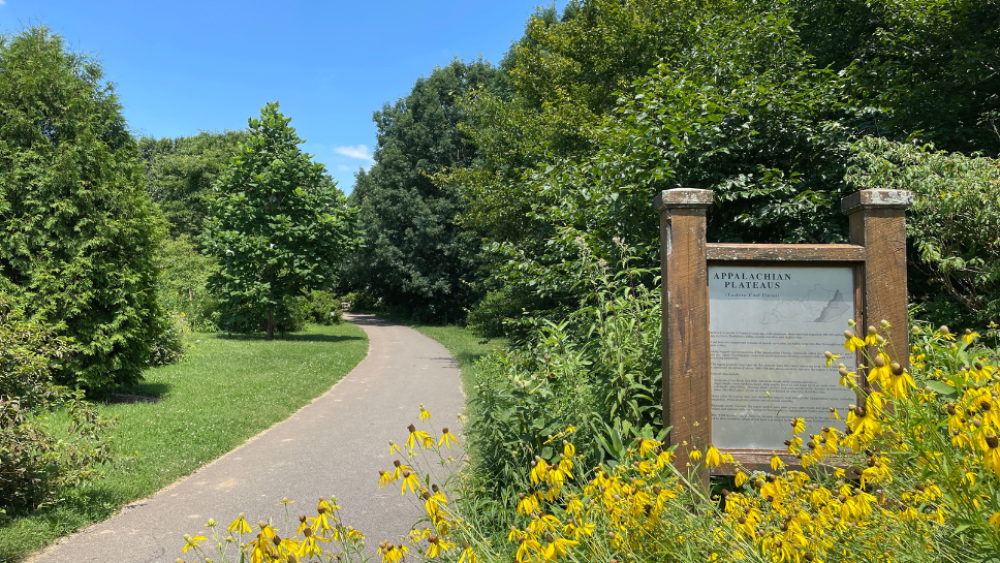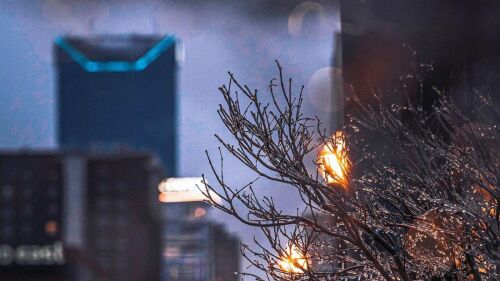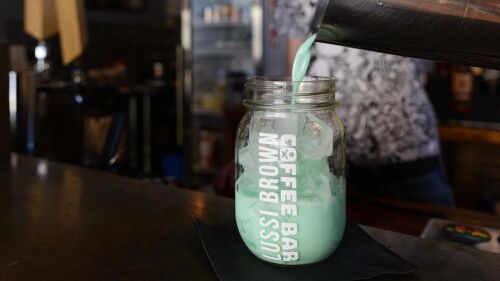Did you know that when you stroll through the 80+ acres of The Arboretum State Botanical Garden, you’re also exploring the seven physiographic regions of Kentucky?
Yep, this isn’t your ordinary walk in the park. Here, you’re treated to 60 different species of grasses, shrubs, trees, and wildflowers thanks to a concept called Walk Across Kentucky.
The wild native plants were first introduced in 1991, and today, there are over 2,500 trees + shrubs representing different ecosystems across the state. Let’s go explore.
The Knobs Region
As you enter The Arboretum through the main entrance at Alumni Drive, you will drive through the Eastern and Western Knobs. Species you’ll see:
- Tulip trees
- Coffeetree
- Bald cypress
Cumberland Mountains
While this is the smallest region featured, there is no shortage of foliage with 95+ trees per acre. Species you’ll see:
- Native grasses
- Wildflowers
- Magnolia trees
Appalachian Plateau Region
As it does in its real geography, this region borders the Cumberland Mountains in Eastern Kentucky. You won’t want to miss the Appalachian wet-woods or the azalea trail. Species you’ll see:
- Single-flowered hawthorn
- Red-chokeberry
- Large-flowered raspberry
Bluegrass Region
One of the largest in the park, this region features large slabs of limestone + various oak trees. Species you’ll see:
- Prickly pear cactus
- False aloe
- Native cane
Shawnee Hills
If you love bright colors, check out this region’s four-acre wildflower meadow or bop around the sandstone boulders. Species you’ll see:
- Bluebells
- Strawberry bush
- False indigo
Mississippi Embayment
Here, you’ll find unique flora, as well as a constructed wetland with a boardwalk, island, and pool. Species you’ll see:
- Water locust
- Water tupelo
- Wildlife like turtles + ducks
Pennyrile
This region’s tallgrass prairie ecosystem makes it a haven for numerous birds + insects seeking shelter and food. Species you’ll see:
- Carolina buckthorn
- Persimmon tree
- Sugarberry tree












